Pablo Honey by Radiohead
Buy Pablo Honey With their 1993 debut album, Pablo Honey, British band Radiohead was just starting to forge their interesting sound which brought them much fame later on in the decade. However, in […]
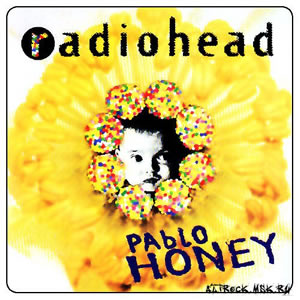
Buy Pablo Honey With their 1993 debut album, Pablo Honey, British band Radiohead was just starting to forge their interesting sound which brought them much fame later on in the decade. However, in […]
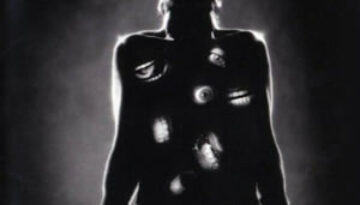
Buy Ozzmosis Ozzmosis is a solid rock album and, perhaps, the last best solo effort by Ozzy Osbourne. This seventh solo studio album was also sort of a comeback for the iconic rock […]

Buy Outrider Although Jimmy Page had a pretty rich post-Led Zeppelin career, he only released one solo studio album, Outrider, in 1988. Originally intended to be a double album, the project was pared […]
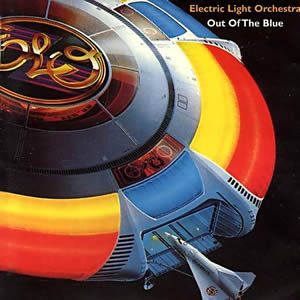
Buy Out of the Blue Out Of the Blue was the seventh album by Electric Light Orchestra (ELO), which began its life in the Swiss Alps after the band wrapped up it’s New […]
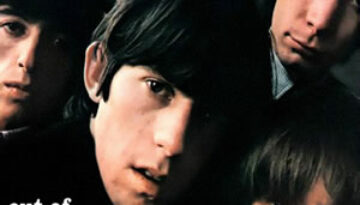
Buy Out of Our Heads The Rolling Stones made major strides towards composing their own music successfully during the year 1965. Out of Our Heads was released (in the U.S.) and lit the […]
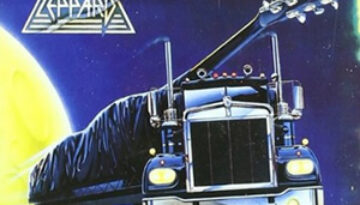
Buy On Through the Night It is clear that Def Leppard had yet to refine their signature sound when they recorded their debut LP, On Through the Night. The album, which contains songs […]
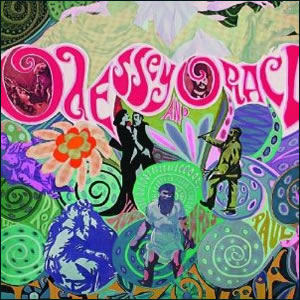
Buy Odessey and Oracle The Zombies only had two studio albums during their heyday of the 1960s. The first was their 1965 debut which was filled with British flavored pop with a slight edge. […]
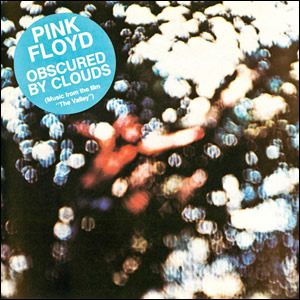
Buy Obscured by Clouds One of the lost treasures of classic rock and, by far, the most overlooked album in the Pink Floyd catalog during their classic era, Obscured by Clouds acted as […]
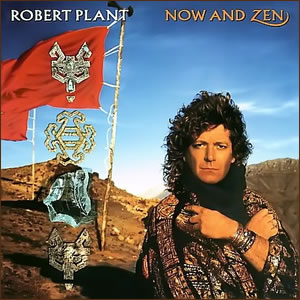
Buy Now and Zen Robert Plant launched his post-Led Zeppelin solo career with two fine albums, Pictures at Eleven, in 1982 and, The Principle of Moments , in 1983. His career then got […]
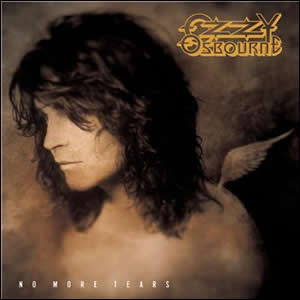
Buy Ordinary Average Guy Ozzy Osbourne entered the second act of his successful solo career with 1991’s No More Tears. This sixth studio album would go on to become his second best-selling in […]